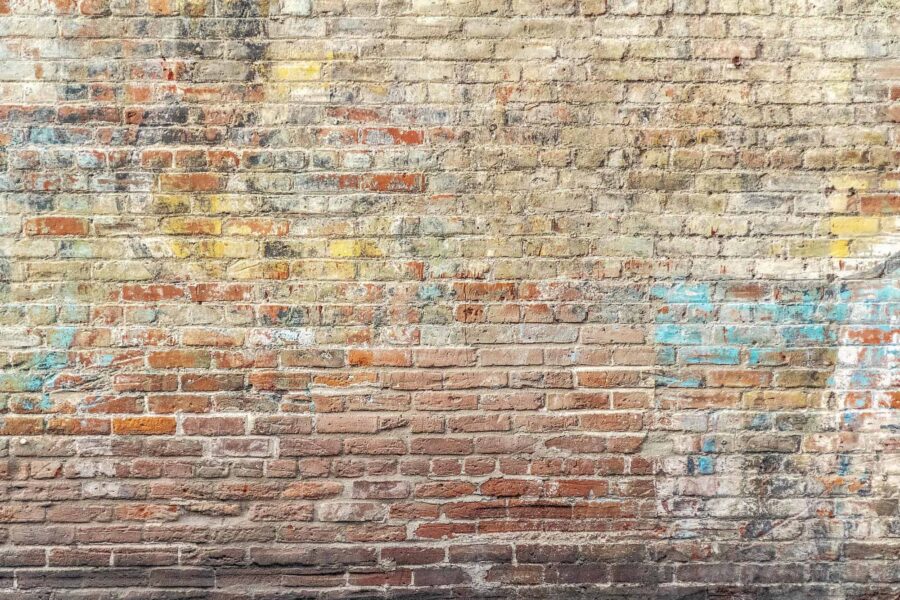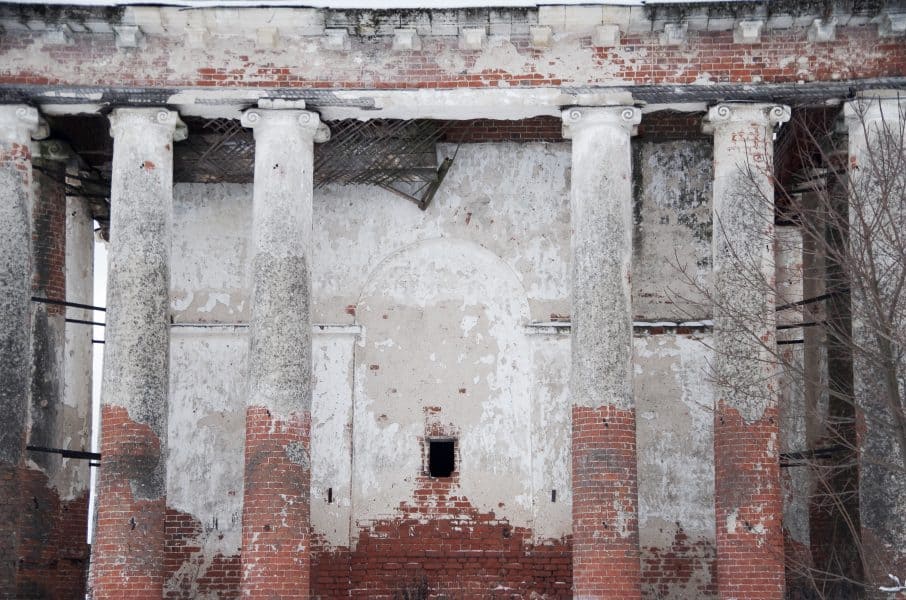Brick acid is very effective at removing tough dirt, limescale, and stains from brickwork. However, if it’s not used properly, this type of acid can damage bricks and cause them to become brittle. Brick acid should never be applied to natural stone surfaces like marble and limestone because it effectively dissolves the outer layer of brickwork.
Also known as muriatic acid and spirits of salts, brick acid is essentially an aqueous solution of hydrochloric acid. Although it’s the best cleaner for brickwork, it’s generally wise to avoid using acid-based products to clean bricks if possible. That said, some types of dirt are hard to remove by simply scrubbing with soap and water.
Brick acid is particularly good at removing calcified dirt, such as calcite or calcium carbonate, from brickwork. Calcites are typically formed when excess moisture penetrates the mortar joints and then evaporates, leaving behind calcite deposits.
Continue reading to learn more about brick acid, how it works and the potential damage it can cause if it’s not used correctly.
In this post:
What is brick acid?
As the name implies, brick acid is commonly used to clean brickwork. It’s typically a 10% solution of hydrochloric acid, although some brick acid products have much higher concentrations of around 36%. 
A corrosive and pungent substance, brick acid dissolves the alkaline calcium carbonate that can accumulate on brickwork through a neutralisation reaction. This makes it a very effective cleaner, but it’s important not to soak the brickwork for prolonged periods. You should also be careful when using highly-concentrated brick acid as there’s a chance it could weaken the brickwork.
Brick acid can cause severe injuries so you should always take the necessary safety precautions and wear protective clothing when handling it.
Does brick acid damage bricks?
Although brick acid works well on certain types of bricks, it can damage them if it’s not used correctly. Most bricks are made from clay or shale that’s moulded and baked under very high temperatures ranging from 900 to 1,200 °C. The clay hardens into bricks as the moisture is removed and certain minerals like calcium sulphate are formed. 
When brick acid is applied to clay-based bricks, the hydrochloric acid reacts with the calcium sulphate and other minerals like quartz, feldspars, alumina-rich spinel, and muscovite. This chemical reaction changes the minerals’ crystalline structure, causing them to break down and weaken the brick.
If too many bricks become brittle, the brickwork may eventually collapse. To avoid this happening, it’s important to wash the brickwork thoroughly with water and neutralise any residual cleaning agent.
Brick acid should never be used on natural stone surfaces like limestone and marble as it may spoil their appearance.
Is brick acid dangerous?
Brick acid is a corrosive chemical that can cause skin burns and eye injuries. Even at low concentrations, inhaling brick acid fumes can irritate the respiratory system. To minimise the risk, only apply brick acid outside or in a well-ventilated area and always wear gloves, goggles, and a facemask.
Brick acid can also be dangerous if it’s not stored correctly because there’s a chance it may react with other chemicals and metals, as well as certain plastics and rubber.
How does brick acid work?
The hydrochloric acid solution works as a brick cleaner by breaking down the minerals on the surface of bricks and converting them into salts. As some minerals are basic, the chemical reaction between them is classed as a neutralisation reaction.
For example, the reaction between hydrochloric acid and calcium carbonate produces calcium chloride, carbon dioxide and water, as shown in the chemical equation below:
CaCO3 + 2HCl → CaCl2 + CO2 + H2O
Summary
Brick acid is an effective cleaner, but it can damage brickwork if it’s not used correctly. The hydrochloric acid breaks down the minerals in bricks and converts them into salts. This neutralisation reaction can weaken the brickwork and make it brittle. To prevent this, always wash away residual acid with water and never soak bricks in acid-based cleaners for prolonged periods. Brick acid shouldn’t be used on natural stone surfaces like marble.












